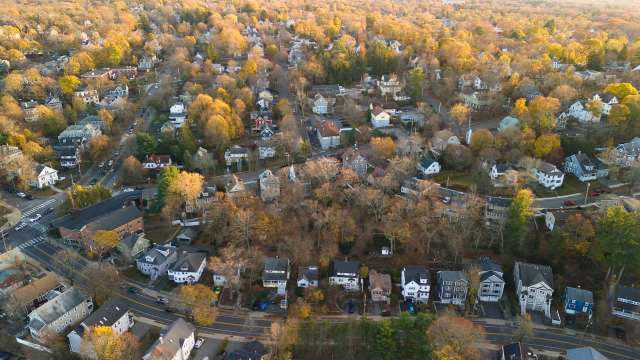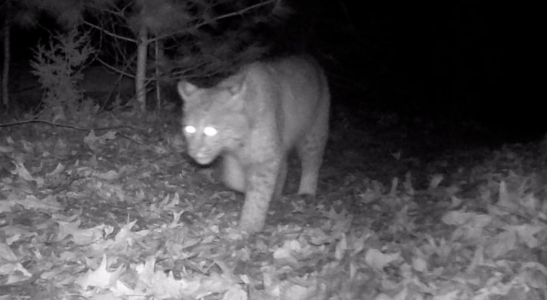
Bobcats are the most prevalent wildcats in the United States, but they are seldom spotted by people outside of zoos. As household securitytechnologyis becoming increasingly common, however, this is starting to shift.
Ring camera doorbells, home security cameras, and cell or Wi-Fi trail cameras are accomplishing what humans find challenging —spotting bobcats“It’s as if you’ve won the lottery,” remarked David Crockett, an Animal Control Officer from Lynnfield, Massachusetts, as reported by Itemlive.
A trail camera recorded a picture of the rare wildcat in the backyard of Lynnfield resident Steve Fantone, making it an exceptionally uncommon discovery even though bobcats are found across the southern regions of Canada, all 48 lower U.S. states, and into Mexico.
“It resembled a small or medium-sized dog in size,” FantonesaidBobcats have always been present because this is a habitat that provides them with food, such as mice and birds, and I have some footage demonstrating one chasing a rabbit.
This is what makes trail camerasextremely significant in multiple aspects, extending far beyond merely detecting stealthy bobcats. They provide a non-invasive approach for researchers to examine animals, their behaviors, movement patterns, gathering long-term data, and understanding their habitat usage.
We have long been aware of human presenceaffects animal behavior,as a research article published in the Journal of Zoological and Botanical Gardens indicates.
From a conservationistviewpoint, trail cameras serve as effective instruments for exploration, aiding in population tracking, demographics, numbers, concentration, human intrusion, and illnesses,invasive species, combating poaching, and routine evidence gathering.
The data collected from one trail camera is highly valuable in these initiatives. Now, picture multiple ones placed wisely throughout a region.
These intelligent strategies, combined with continuously improving technologies, aid in protecting these animals, securing their survival, well-being, and recovery when required.
Animals are present on a vast network of interrelated systemsfood chains, from primary producers to primary and secondary consumers, and so forth. Removing a single species from the equation could be likened to playing Jenga, where everything may collapse into disorder.
|
Are you concerned about air pollution in your city? Choose your option to view the results and express your opinion. |
Pollinators, plants, herbivores, carnivores, omnivores, and more, each influencing the next in beneficial or harmful ways. A trail camera can capture this data without interfering with the processes.
The bobcat serves as a key example of this.Human intervention, if only to watch from a calm, hidden position, causes a disturbance that elusive, lone animals can sense. There’s a reason it’s hard to see a bobcat in person.
“Actual wildlife is occurring everywhere around us. We have forced them out of their habitat,” Crockett added. Wildlife remains, and in the end, conservation initiatives will keep aiming for stronger and more varied ecosystems.
Join our free newsletter for good news and useful tips, and don’t miss this cool listsimple methods to assist yourself while supporting the environment.
Residents were shocked when trail cameras captured images of a rare animal roaming their backyards: ‘It’s like winning the lottery’ first appeared on The Cool Down.








